Computing Systems: Devices
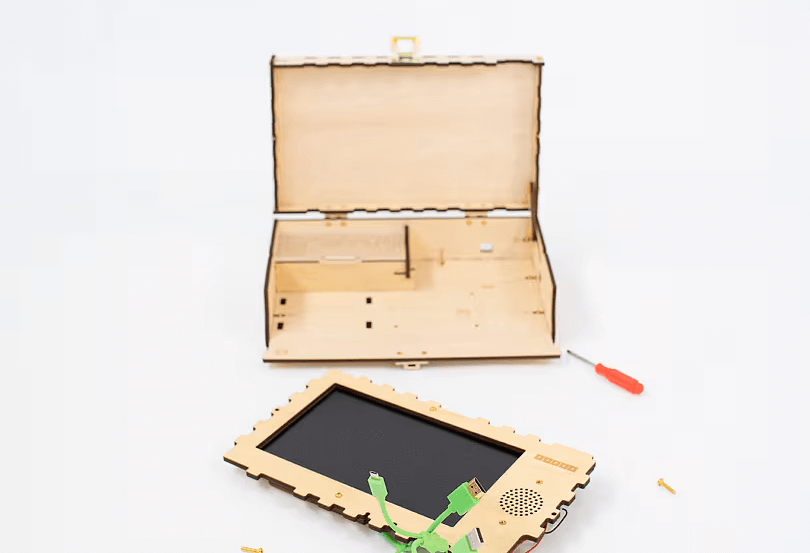
Throughout the Piper learning experience, students have explored the basic concepts of electronics and coding as well as extended their understanding and applied it to engineering design.
To conclude the Piper learning experience, students can work together to disassemble their Piper Computers using the blueprint and inventory checklist, reflect on their learning, and understand the context of computers in the world around them.
Their final lesson in the Piper Curriculum is to redesign the kit based on what they have learned in the prior phases as well as the environmental impacts, daily use, and design thinking principles they have just learned.
In this lesson, students will collaborate to deconstruct their Piper Computer Kits, take inventory, and reflect on their experiences learning with Piper. Students will revisit concepts from Phase 1 to evaluate how much they now know about computing systems and their components.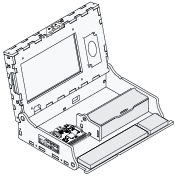 Piper Computer Kit
Piper Computer Kit
Make it Better (5 minutes) How would you build a computer differently? Explore the different areas of improvement like process, design, manufacturing, marketing and sales.
Reflection Questions:
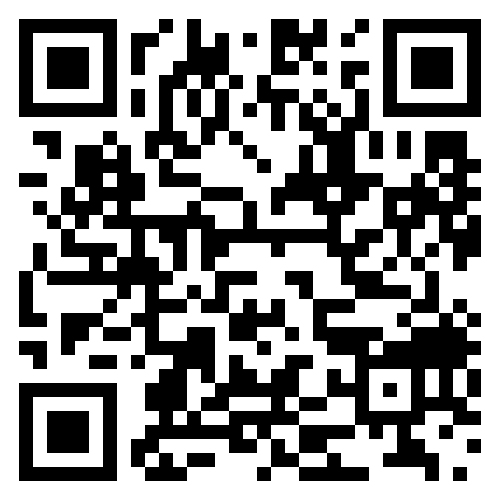 Economist: Salary $115,730/yr
Economist: Salary $115,730/yr
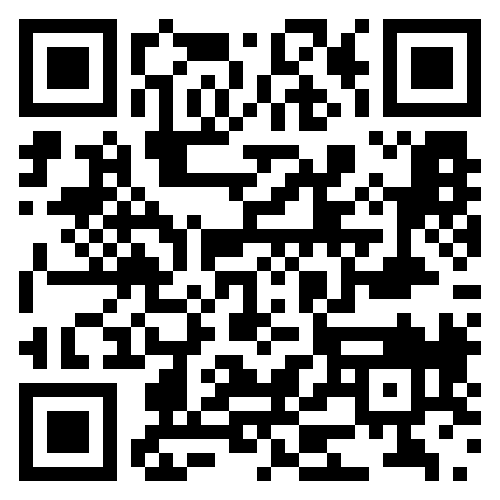 Pilot: Salary $219,140/yr
Pilot: Salary $219,140/yr
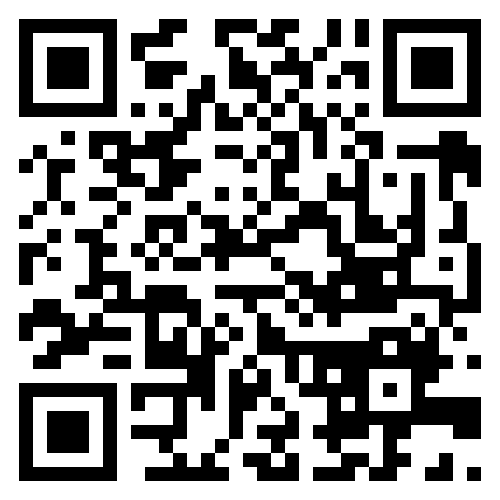 Healthcare Professional: Salary $224,640/yr
Healthcare Professional: Salary $224,640/yr
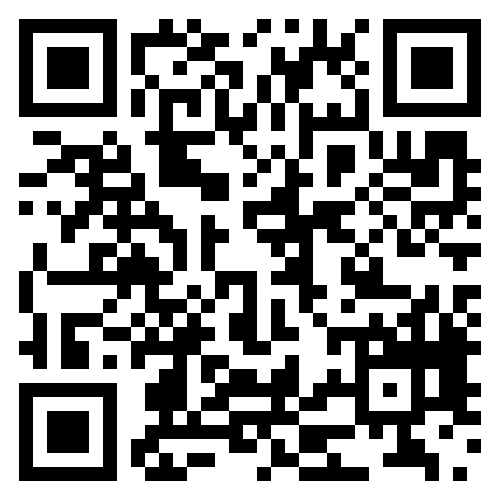 Database Architect: Salary $134,700/yr
Database Architect: Salary $134,700/yr
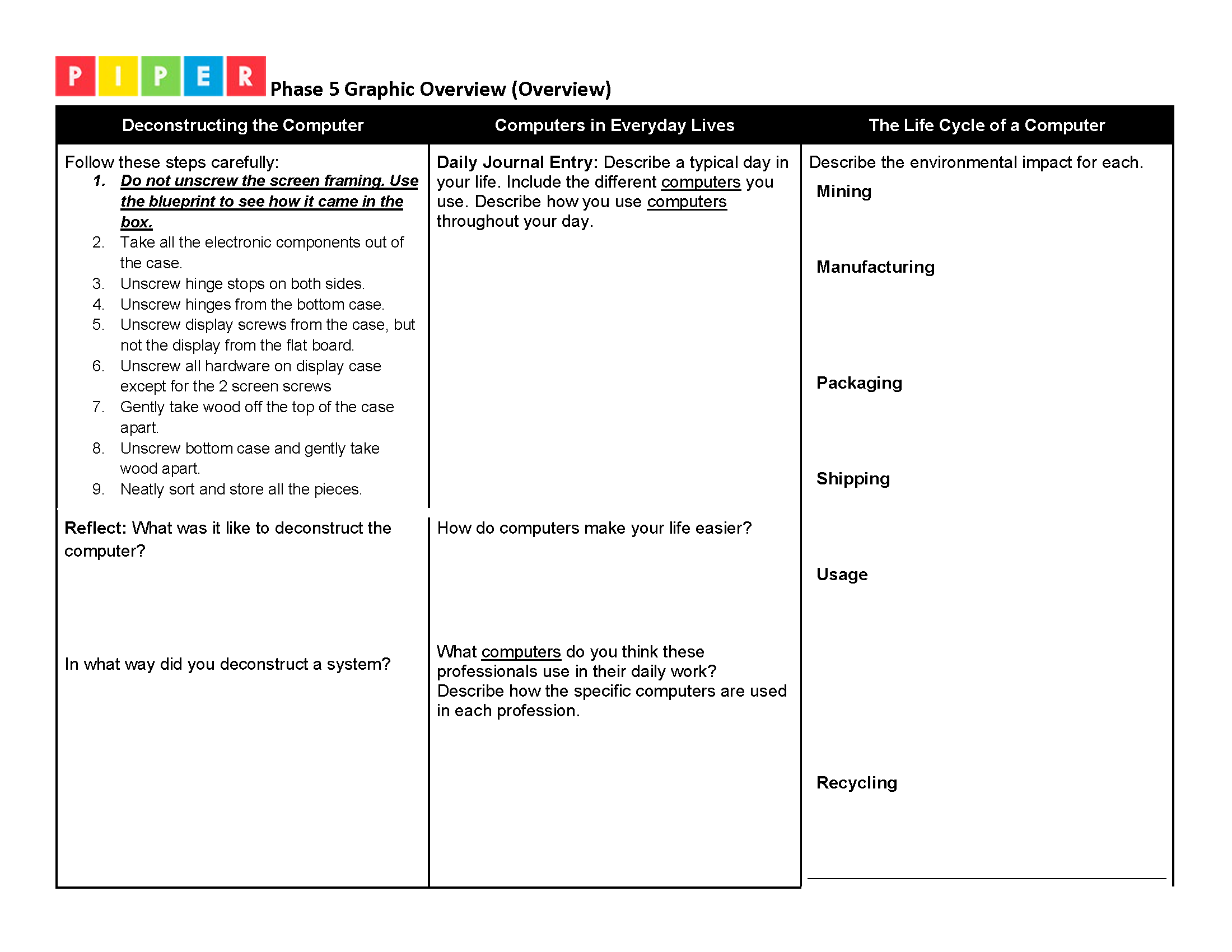 DOWNLOAD
DOWNLOAD
Deconstruct To take something apart to understand how it works or to see how it’s built.
Breadboard A plastic board with many holes electrically connected by inner metal strips. Components and wires can be electrically connected by plugging them into the holes on the breadboard.
Button A basic electronic component used to momentarily close (connect) a circuit.
We are excited to be aligned with the following standards.

| Concepts | Standards |
|
Computing Systems: Devices |
CA 3-5.CS.1 Describe how computing devices connect to other components to form a system. (P7.2) |
|
Computing Systems: Hardware & Software |
CA 3-5.CS.2 Demonstrate how computer hardware and software work together as a system to accomplish tasks. (P4.4) 6-8.CS.2 Design a project that combines hardware and software components to collect and exchange data. (P5.1) |
|
Computing Systems: Troubleshooting |
3-5.CS.3 Determine potential solutions to solve simple hardware and software problems using common troubleshooting strategies. (P6.2) 6-8.CS.3 Systematically apply troubleshooting strategies to identify and resolve hardware and software problems in computing systems. (P6.2 |
|
Algorithms & Programming: Program Development |
3-5.AP.18 Perform different roles when collaborating with peers during the design, implementation, and review stages of program development. 6-8.AP.15 Seek and incorporate feedback from team members and users to refine a solution that meets user needs. (P1.1, P2.3) 6-8.AP.18 Distribute tasks and maintain a project timeline when collaboratively developing computational artifacts. (P2.2, P5.1) 6-8.AP.19 Document programs in order to make them easier to use, read, test, and debug. (P7.2) |
|
Practices |
P1. Fostering an Inclusive Computing Culture P2. Collaborating Around Computing P4. Developing and Using Abstractions P5. Creating Computational Artifacts P6. Testing and Refining Computational Artifacts |
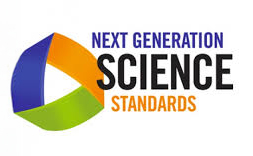
| Concept | Standard |
|
Apply scientific ideas to design, test, and refine a device that converts energy from one form to another. |
(4-PS3-4) |
|
Generate and compare multiple solutions that use patterns to transfer information. |
(4-PS4-3) |
|
Waves and their Applications in Technologies for Information Transfer Connection to the Nature of Science: Science knowledge is based upon logical and conceptual connections between evidence and explanations. |
(MS-PS4-1) |
|
Generate and compare multiple possible solutions to a problem based on how well each is likely to meet the criteria and constraints of the problem (Performance Expectation).; |
|
|
Plan and carry out fair tests in which variables are controlled and failure points are considered to identify aspects of a model or prototype that can be improved. (P.E.3.4.7) |
|
|
Optimizing the Design Solution; Different solutions need to be tested in order to determine which of them best solves the problem, given the criteria and the constraints. |